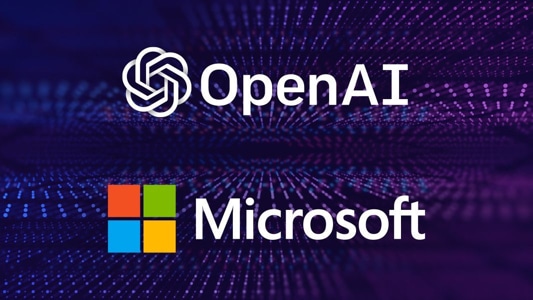Syncro Soft, the developer of the Oxygen XML suite of products, announced the immediate availability of version 1.3 of Oxygen Feedback, including the new Enterprise edition. The Oxygen Feedback commenting platform provides an efficient way for your community to interact and offer feedback. Its modern, appearance is easy to configure and integrate, and it includes a user-friendly interface and numerous useful features for both Commenters and Administrators. It is specialized for technical documentation and can be easily integrated with Oxygen XML Editor/Author to make it more efficient for content authors to manage comments and react to community feedback. Features found in Oxygen Feedback version 1.3 include:
- The new Enterprise edition Platform Admin account provides access to a special administration area to view and manage all of the site configurations for your organization,
- offers the ability to enable and configure LDAP authentication.
- is compatible with the old Oxygen WebHelp PHP-based commenting system, which means that you can migrate your database without losing any information.
- A Dashboard page aggregates information about all of your existing site configurations and provides easier access to relevant parts of the interface,
- includes a site pane that you can use to visualize information about your site configurations, navigate to them for management purposes, and create new ones.
- has an activity stream pane that shows information about the most recent activities performed by members of your team or community.
- contains some statistics panes (such as statistics for page views and comments).
If you already own an Oxygen XML Editor, Oxygen XML Author, Oxygen XML Developer, Oxygen WebHelp, or Oxygen Publishing Engine license key, you are eligible to get a 50% discount off the Oxygen Feedback Enterprise edition for the first year of subscription. This promotion applies to every Oxygen Feedback Enterprise edition subscription plan and requests must be received by 31 December 2020. To see if you are eligible to obtain this discount, visit:
http://www.oxygenxml.com/oxygen_feedback_enterprise/special_offer.html

